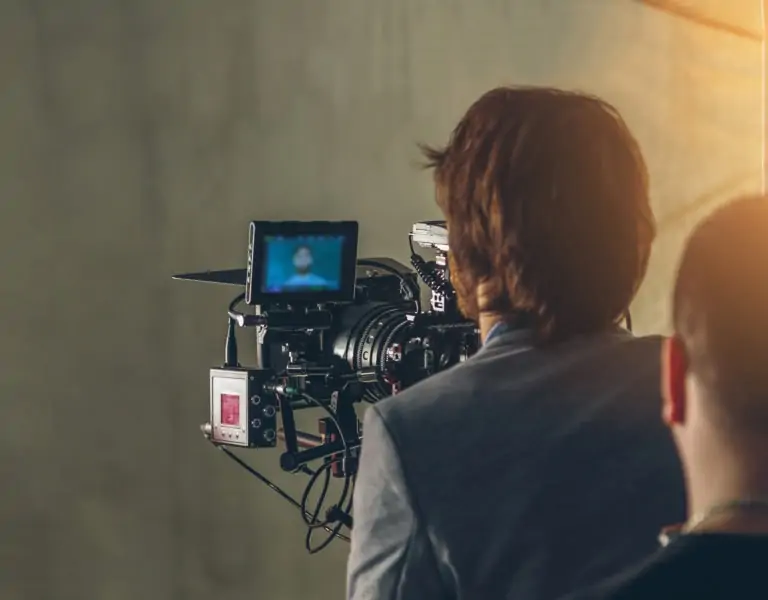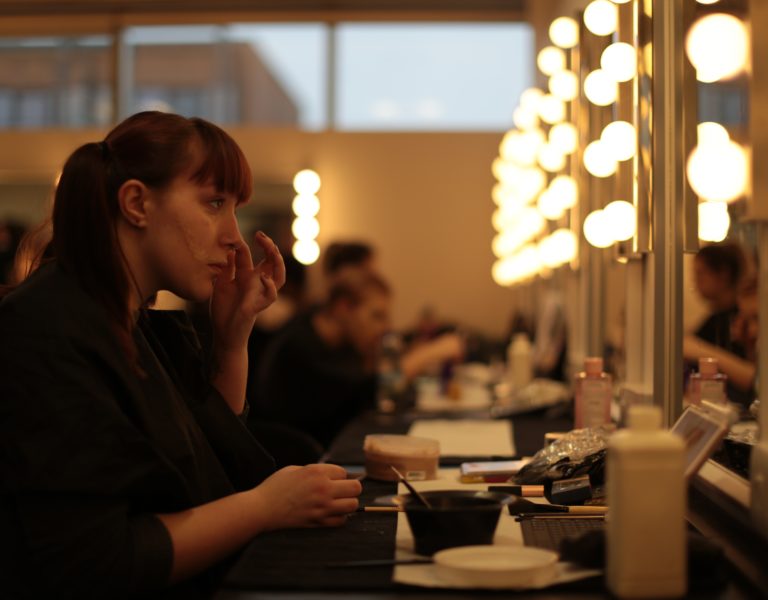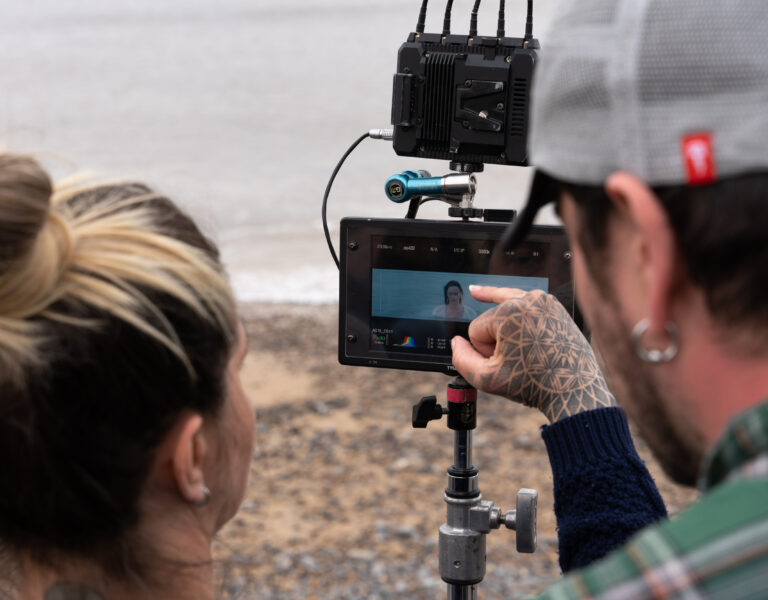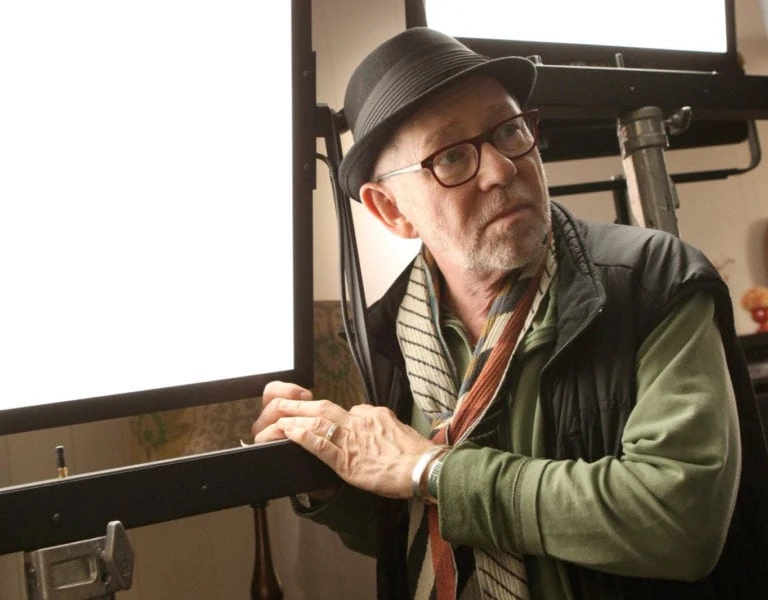John Keedwell GBCT reflects on the rise of vertical video and the effects of the impending writers’ strike on our industry.
The world has been changing in the past few years. You may have noticed. The pandemic is a distant memory, yet the repercussion to any business still rebounds and come to bite the unwary.
For new filmmakers, the sheer amount of new high-level technology is often overwhelming, with major breakthroughs in cameras, lighting, CGI and postproduction in general. A filmmaker can now buy a 12K camera from Blackmagic, with a Super 35 sensor, 12,288 x 6,480 resolution and 14 stops of latitude, for less than £5,500. This is both a wonder of technological advances and economies of scale. The fact it can shoot up to 240fps in 4K is also remarkable.
Another area where technology is changing the established thinking is the vertical format video – a divisive topic. The mobile phone has brought the “curse” of vertical video as a new aspect ratio. For sure, vertical video can be used in a variety of ways such as advertising hoardings, and there is even a movement to make vertical cinema. If the story and the content suit it, then great – make a film and be different.
The Blackmagic Camera 8.1 update adds support for vertical aspect ratio video to Blackmagic Pocket Cinema Cameras, allowing users to create cinematic vertical video for the likes of TikTok. Whilst not designed for cinema this update adds automatic rotation of the camera’s on-screen HUD (heads-up display) and automatically tags files as vertical so they display correctly when imported into Resolve for editing. This makes it much easier to both shoot and edit vertical content. Critical information such as framerate, shutter angle and frame guides are all easy to view, even when the camera’s turned upside down.
LED screens have been installed in some cinemas. Instead of a light projecting from the projector booth, this gives 4K resolution HDR images that are 6x brighter than standard projectors, along with more vivid colours. This is obviously a huge investment, yet cinemas can offer more seating without the projection booth. Industry analysts are predicting that one in eight mainstream cinema screens globally will be converted to LED digital format by the end of 2023.
This is all very well, but if the experience I recently had when watching Avatar at the movies is anything to go by there is always the “human element” that makes a mess! The first three minutes of Avatar were projected without any sound, missing the whole backstory dialogue at the start. Not ideal…
Backbone of the industry
As I write, the writers’ strike in the USA is in its early stages, yet this has already affected movie productions everywhere. Writers in Hollywood have not gone on strike since November 2007, when the strike lasted 100 days into 2008. Let’s hope lessons were learned and it is settled quickly this time around.
Streaming content has meant shorter seasons along with longer production times, and this meant less paid to the writers in residual payments. Writers rightly feel they are devalued as the same workload is being translated into less money. This meant a decline in pay by 4% over the last 10 years. It is seen as a way to reverse the trend of declining incomes for writers, even though the major companies are reporting growing multibillion-dollar profits. This echoes what Tim said in our opening piece. Film and TV technicians are being undervalued and expertise needs to be recognised. This has been happening for years whilst there has been relative stability in the market, but now there are new factors that have upset the cart.
The writers’ strike is already having an effect in the UK, with promises of multibillion dollar investments in big productions not really coming to fruition. The pandemic was perhaps a golden ticket for large companies to sell their products in the form of streaming movies and other content to a largely static, house-bound customer base. Now the customer base is largely back at work, they now have higher rent or mortgage and fuel costs and cut the commitments going out each month. Something that was a goose that laid golden eggs for streaming companies has turned into an ugly duckling that will only get better if it is nurtured and fed properly. If not nurtured the fox will get them all. There will be no winners. They are happily feeding the executives without feeding the creative talent that put the success their way in the first place. There is surely enough money to be distributed to the writers and technicians from the billions of profits many companies have been making.
By watching content via streaming, whilst it has revolutionised the way we watch television, it has also completely exploded the way the true creators of the content get gainfully paid. Without a good script and story there is nothing.
Perhaps the pen is mightier than the sword, or in modern terms, in the right hands the power of the keyboard is mightier than anything.
Changing times
The “movie” we are accustomed to, where we join others in a darkened cinema and watch a feature whilst munching on popcorn and slurping sugary drinks, are looking quite dated now. Cinemas struggled and will continue to do so in the current financial climate, as streaming took over from “going to the flicks”. The sheer costs of a family night out at the movies will ultimately potentially cost them dearly. Binge-watching box sets during the pandemic was a well-known pastime by many and in some ways defined our future direction.
Maybe this is the beginning of the end for so many huge $100 million+ projects where the time limit for recouping the costs is shorter. Looking from another perspective this could mean more smaller budget films can be made for a fraction of that cost, with a better story and more people gainfully employed in creating the end product. At the end of the day, any studios space owners should be concerned about their investments.
Studio space in the UK has been busy in recent years, with new locations being built and coming on stream every year. However, all the studios need to be filled with creative and technical people, and we are lagging behind as we simply don’t have enough people who are suitably trained to fill them.
Training is now more crucial than ever before as technology marches on. The moving visual image is not likely to go away, and there will be different ways of consuming content as technology allows, with more immersive technology looking likely. This education should be starting earlier and be a part of the curriculum in schools, with some basic understanding of the moving image, how cameras and lights work, and the ability to tell a story with images and sound. This would help in business as well as creating new ways to tell a story.
All this technology means nothing without good written content to record, edit and distribute. It also means nothing if the people using the gear do not know what it is capable of or how that can enhance their productions to make content people want to watch.










